
Exploring the Mysteries of Wind Cave National Park
Discover the underground wonders and above-ground beauty of Wind Cave National Park, a unique blend of geological marvels and prairie wildlife in South Dakota.
Wind Cave National Park, located in South Dakota, is an incredible destination for nature enthusiasts and adventure seekers. Known for its stunning underground cave system, this park offers a unique experience that combines geological wonders with beautiful prairie landscapes. The cave itself is one of the longest and most complex in the world, featuring a distinctive boxwork formation that is rarely found elsewhere. Above ground, visitors can enjoy the expansive mixed-grass prairie, where bison, elk, and prairie dogs roam freely. The park was established in 1903, making it one of the oldest national parks in the United States. It covers over 33,000 acres, providing ample opportunities for hiking, wildlife viewing, and photography. The Visitor Center offers educational exhibits and guided tours that delve into the fascinating history and science of the cave. For those interested in hiking, the park boasts over 30 miles of trails that traverse rolling hills, forested areas, and open grasslands. Wind Cave National Park also has a rich cultural history, being a sacred place for the Lakota Sioux tribe. Visitors can learn about the cultural significance of the cave and the surrounding area through interpretive programs and exhibits. Whether you are exploring the depths of the cave or the heights of the prairie, Wind Cave National Park promises an unforgettable adventure.
Local tips in Wind Cave National Park
- Book cave tours in advance, especially during peak seasons, as they fill up quickly.
- Wear comfortable walking shoes; some cave tours involve climbing stairs and uneven terrain.
- Bring a jacket or sweater for cave tours; the temperature inside the cave is cooler than outside.
- Visit early in the morning or late in the afternoon for the best wildlife viewing opportunities.
- Check the Visitor Center for ranger-led programs and special events during your visit.
Exploring the Mysteries of Wind Cave National Park
Wind Cave National Park, located in South Dakota, is an incredible destination for nature enthusiasts and adventure seekers. Known for its stunning underground cave system, this park offers a unique experience that combines geological wonders with beautiful prairie landscapes. The cave itself is one of the longest and most complex in the world, featuring a distinctive boxwork formation that is rarely found elsewhere. Above ground, visitors can enjoy the expansive mixed-grass prairie, where bison, elk, and prairie dogs roam freely. The park was established in 1903, making it one of the oldest national parks in the United States. It covers over 33,000 acres, providing ample opportunities for hiking, wildlife viewing, and photography. The Visitor Center offers educational exhibits and guided tours that delve into the fascinating history and science of the cave. For those interested in hiking, the park boasts over 30 miles of trails that traverse rolling hills, forested areas, and open grasslands. Wind Cave National Park also has a rich cultural history, being a sacred place for the Lakota Sioux tribe. Visitors can learn about the cultural significance of the cave and the surrounding area through interpretive programs and exhibits. Whether you are exploring the depths of the cave or the heights of the prairie, Wind Cave National Park promises an unforgettable adventure.
When is the best time to go to Wind Cave National Park?
Iconic landmarks you can’t miss
Wind Cave National Park Visitor Center
Unearth the beauty and mystery of Wind Cave National Park at the Visitor Center, your gateway to stunning landscapes and unique geological wonders.
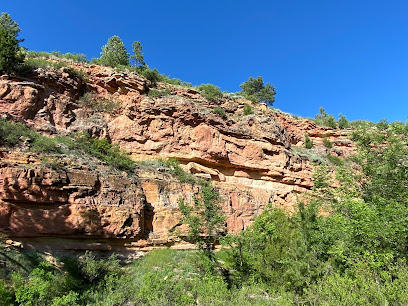
Jewel Cave National Monument
Explore the mesmerizing underground beauty of Jewel Cave National Monument, a breathtaking natural wonder in South Dakota's Black Hills.

Wind Cave Canyon
Explore the stunning landscapes and geological marvels of Wind Cave Canyon in South Dakota, a perfect destination for nature lovers and outdoor adventurers.
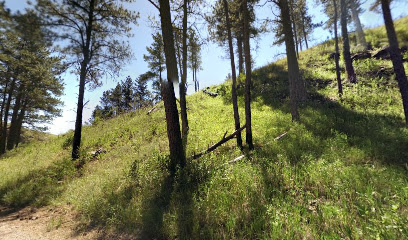
Unmissable attractions to see
Cosmos Mystery Area
Discover the captivating Cosmos Mystery Area in Rapid City, South Dakota, where gravity-defying experiences and whimsical wonders await every visitor.
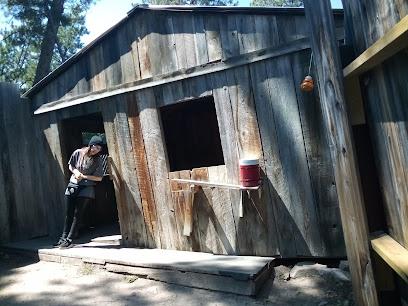
Evans Plunge Mineral Springs
Discover the therapeutic waters and thrilling attractions of Evans Plunge Mineral Springs, a premier water park in Hot Springs, South Dakota.
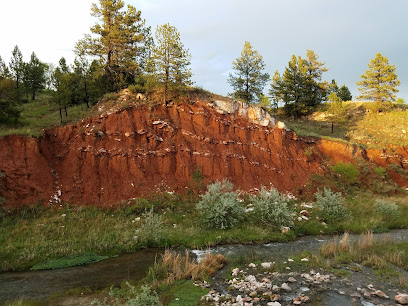
Doane Robinson Tunnel (Tunnel view of Mount Rushmore)
Explore the Doane Robinson Tunnel for stunning views of Mount Rushmore, a historic landmark in the heart of South Dakota's Black Hills.
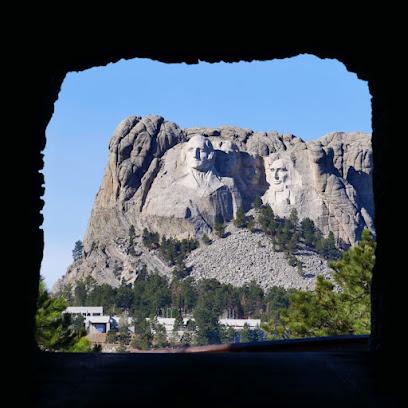
Black Hills Playhouse
Discover the enchanting performances at the Black Hills Playhouse in Custer, SD, where art and nature combine for an unforgettable experience.
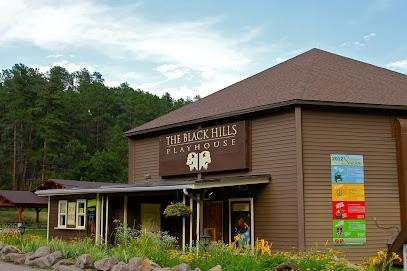
World Fossil Finder Museum
Explore the depths of Earth's history at the World Fossil Finder Museum, where ancient wonders come to life through fascinating fossil exhibits.
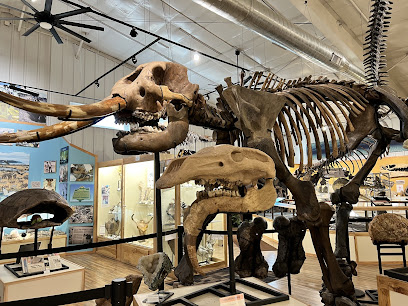
Hot Springs Waterfall
Experience the breathtaking beauty of Hot Springs Waterfall, a serene nature preserve in South Dakota perfect for nature lovers and adventure seekers.
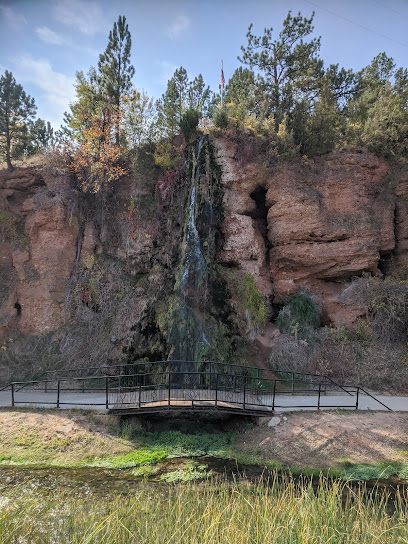
Gordon Stockade Historical Landmark
Explore the enchanting Gordon Stockade Historical Landmark in Custer, SD, where history, adventure, and nature meet in perfect harmony.
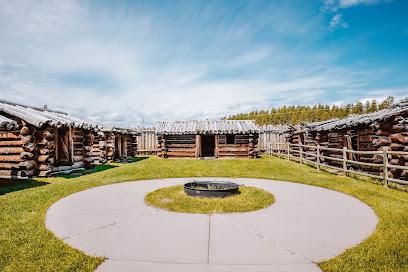
Pioneer Museum
Discover the Pioneer Museum in Hot Springs, SD - a captivating journey through the history and culture of the region, perfect for history lovers and curious travelers.
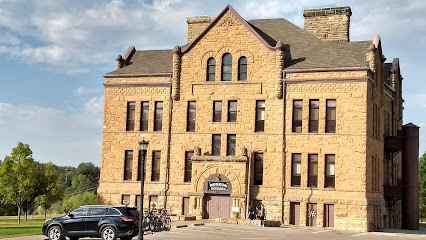
Cold Brook Canyon Trail
Experience the natural beauty of Cold Brook Canyon Trail in Hot Springs, SD, a must-visit destination for hiking enthusiasts and nature lovers.
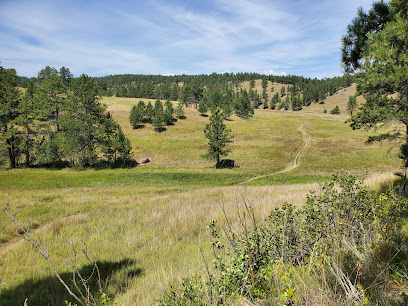
Boland Ridge
Explore the breathtaking trails and scenic vistas of Boland Ridge in South Dakota's stunning Black Hills region, a must-visit for nature lovers.

Exposing The Past
Explore the Crazy Horse Memorial, an iconic tribute to Native American heritage in South Dakota's stunning Black Hills, honoring the legacy of Crazy Horse.
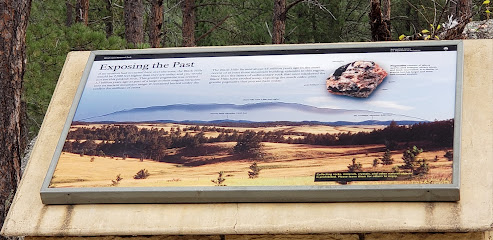
Essential places to dine
Wind Cave National Park Visitor Center
Explore Wind Cave National Park Visitor Center: Gateway to breathtaking landscapes and unique geological wonders in South Dakota.
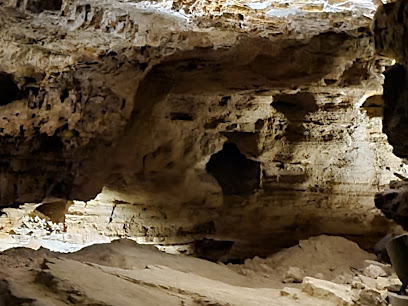
Powder House
Experience rustic charm and culinary delights at Powder House Lodge in Keystone, SD - your gateway to exploring the stunning Black Hills.

Taco John's
Experience delicious Tex-Mex flavors at Taco John's in Hot Springs - perfect for breakfast or lunch on your travels.
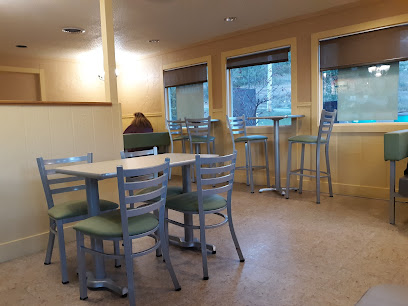
Laughing Water Restaurant
Experience authentic South Dakota cuisine at Laughing Water Restaurant amidst the scenic beauty of the Black Hills.

Markets, malls and hidden boutiques
Wind Cave National Park
Experience the enchanting beauty and unique geological wonders of Wind Cave National Park in South Dakota, a haven for nature lovers and adventure seekers alike.
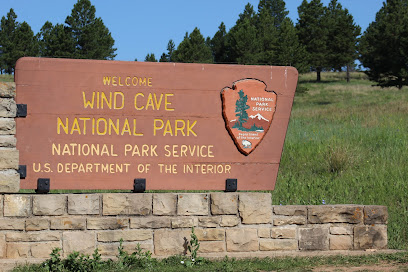
Wind Cave National Park Visitor Center
Discover the captivating underground formations and diverse wildlife at Wind Cave National Park Visitor Center in South Dakota.
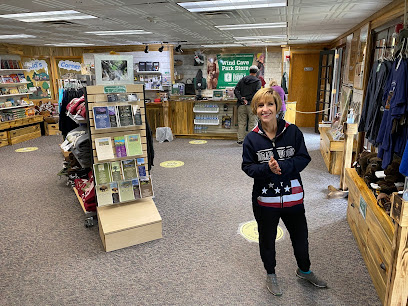
Mount Rushmore Gift Shop
Explore the Mount Rushmore Gift Shop for unique souvenirs and local crafts that reflect the rich heritage of South Dakota.
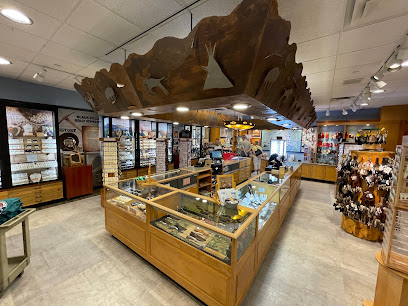
Claw Antler & Hide Co
Explore unique Native American goods, handcrafted jewelry, and collectibles at Claw Antler & Hide Co in Custer, South Dakota.
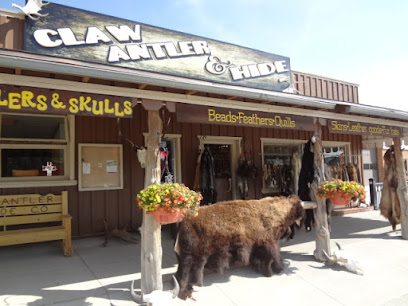
Ken's Minerals & Trading Post
Explore a treasure trove of geological wonders at Ken's Minerals & Trading Post in Custer, SD - perfect for every rock enthusiast and curious traveler.
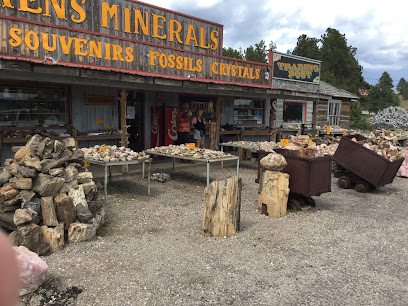
Coolidge General Store
Coolidge General Store: A charming shopping experience in Custer, SD, featuring local goods, unique souvenirs, and a touch of Western hospitality.
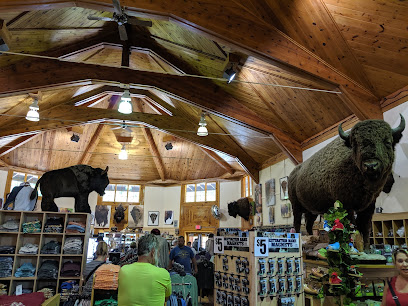
Rock Shop
Explore the mesmerizing world of geology and art at the Rock Shop in Custer, SD, showcasing unique stones, minerals, and handcrafted jewelry.
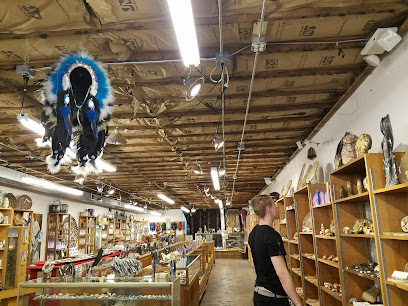
A Walk In the Woods Gallery & Gifts
Explore A Walk In the Woods Gallery & Gifts for unique locally crafted items, clothing, and home decor in Custer, South Dakota.
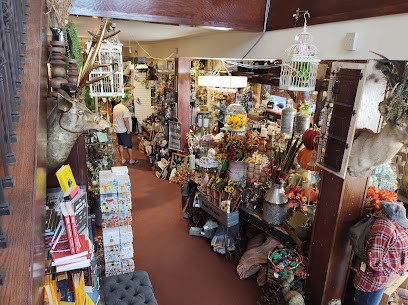
Lucy and The Green Wolf
Explore Lucy and The Green Wolf, a charming gift shop in Hot Springs, SD, offering unique handmade crafts, organic goods, and delightful children's items.
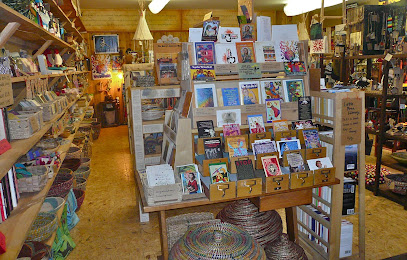
Dakota Territory Trading Post
Explore the Dakota Territory Trading Post in Custer, SD, a captivating antique store filled with unique treasures and rich history.
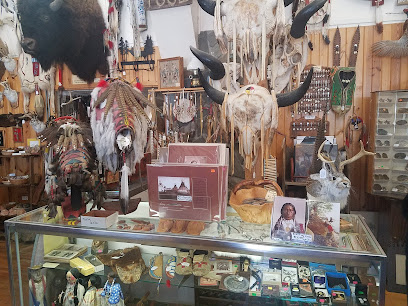
Buffalo Gap Trading Post
Discover local crafts and unique souvenirs at Buffalo Gap Trading Post, a charming variety store in the heart of South Dakota.
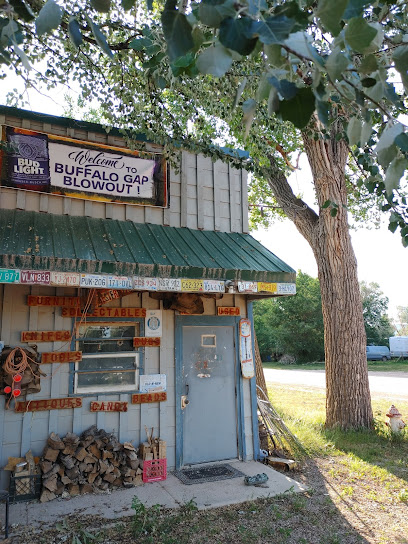
Red Dirt & Pearls Boutique
Explore Red Dirt & Pearls Boutique in Hot Springs, SD for unique fashion and local artistry that embodies the spirit of South Dakota.
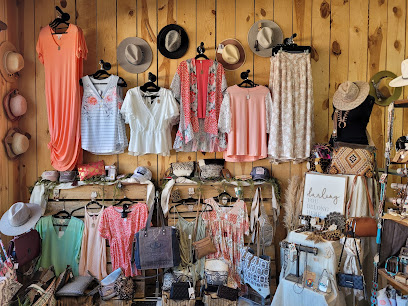
Many Moons Trading
Explore Many Moons Trading, the ultimate consignment shop in Hot Springs, SD, filled with unique treasures and local charm.
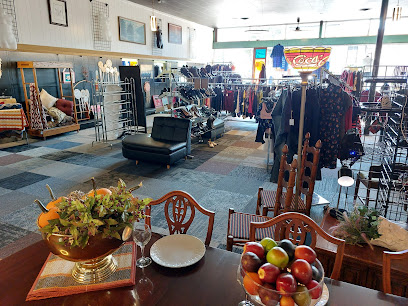
Stone Décor & Supply (Rock Shop)
Explore the artistic treasures of Stone Décor & Supply, a unique shop in Hot Springs, SD, featuring stunning crystals and handcrafted furniture.
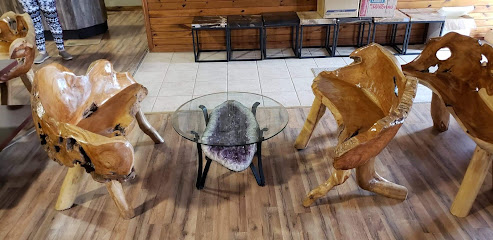
Stage Stop
Explore Stage Stop in Custer, SD, for unique gifts and local crafts, capturing the spirit of South Dakota in every purchase.
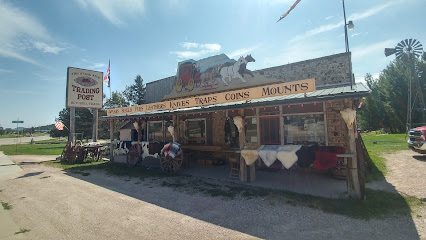
Essential bars & hidden hideouts
Wind Cave National Park Visitor Center
Explore the unique geological wonders and rich wildlife of Wind Cave National Park at the Visitor Center, your gateway to adventure.
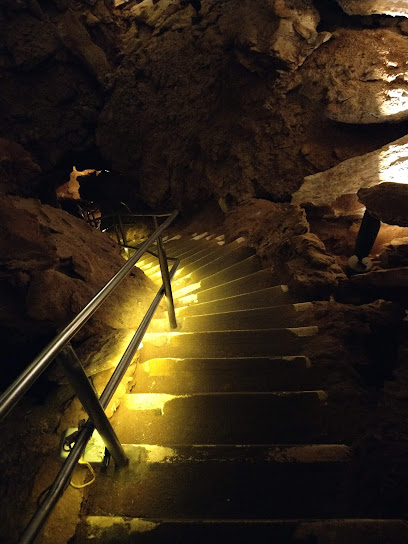
Buglin' Bull Restaurant and Sports Bar
Discover the taste of America at Buglin' Bull Restaurant and Sports Bar - a family-friendly spot for hearty meals and lively sports entertainment.
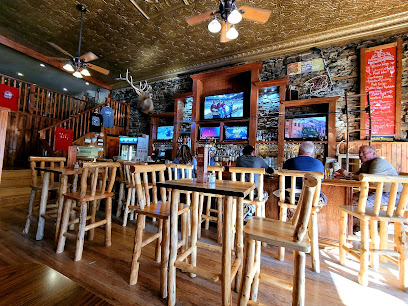
Powder House
Discover the perfect blend of fine dining and rustic lodging at Powder House Lodge in Keystone, South Dakota.

Mt. Rushmore Brewing Company & Pounding Fathers Restaurant
Experience the flavor of South Dakota at Mt. Rushmore Brewing Company & Pounding Fathers Restaurant, where local craft beers meet hearty cuisine in a warm atmosphere.
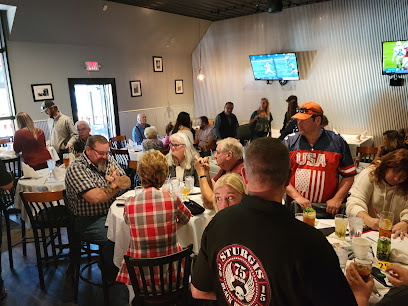
The Gaslight Dining Saloon
Discover The Gaslight Dining Saloon in Rockerville for a unique blend of delicious grill cuisine, vibrant live music, and a cozy atmosphere, perfect for every occasion.
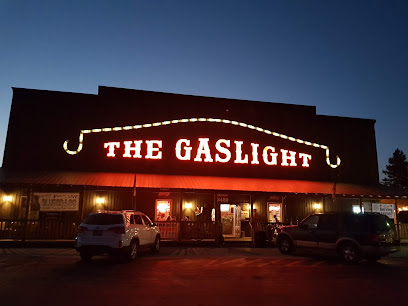
Big Time Pizza
Experience the best pizza in Hot Springs, South Dakota, at Big Time Pizza - a local favorite for fresh, delicious flavors and a welcoming atmosphere.
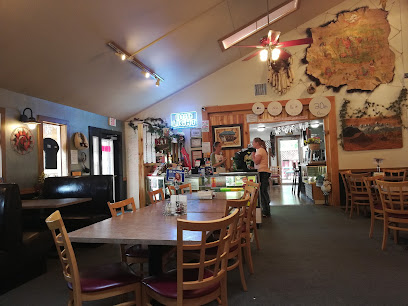
Mornin' Sunshine Coffee House & Catering
Discover the charm of Mornin' Sunshine Coffee House & Catering, where delightful coffee and homemade treats await in Hot Springs, SD.
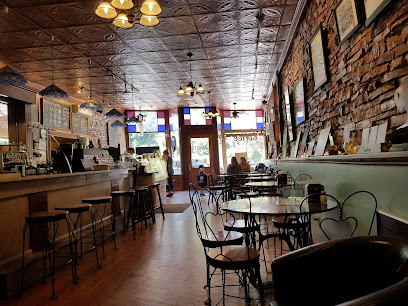
Juniper at Vertex Sky Bar
Discover Juniper at Vertex Sky Bar, where breathtaking views meet exquisite dining and crafted cocktails in the heart of Rapid City.
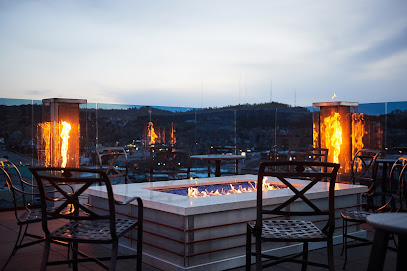
The Hitchrail Bar & Restaurant
Experience the best of American cuisine in a cozy atmosphere at The Hitchrail Bar & Restaurant in Pringle, South Dakota.
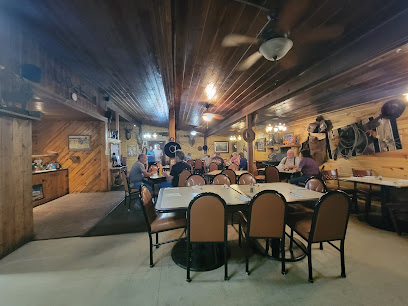
Two Cows Creamery and Bistro
Experience the best of local flavors at Two Cows Creamery and Bistro in Hot Springs, SD – a delightful farm-to-table dining destination.
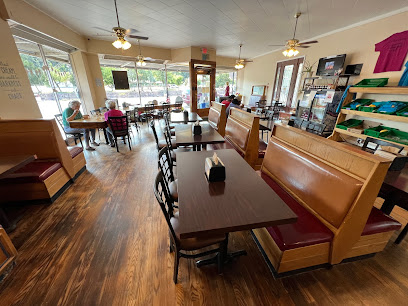
Winners Circle
Experience a unique blend of American cuisine and bowling fun at Winners Circle in Hot Springs, South Dakota, ideal for families and friends.
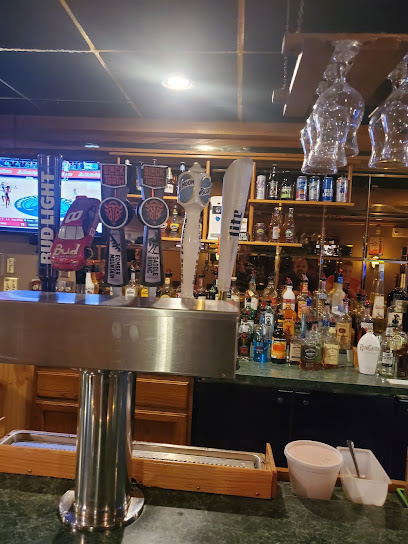
Wandering Bison Coffee
Discover the charm of Wandering Bison Coffee, a cozy cafe in Hot Springs, SD, offering delicious coffee, pastries, and a welcoming atmosphere for all.
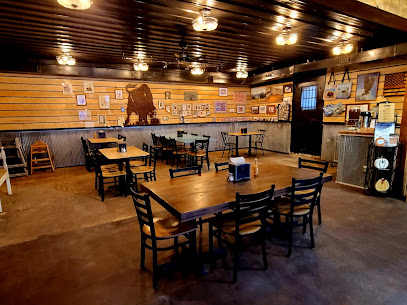
Silk Road Experience Restaurant
Discover the authentic tastes of Pakistan at Silk Road Experience Restaurant in Hot Springs, SD, where every dish tells a story.
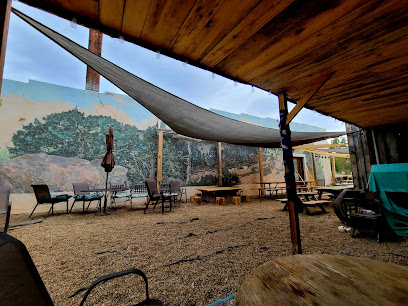
Jalapeños Grill
Experience authentic Mexican cuisine and vibrant atmosphere at Jalapeños Grill in Hot Springs, South Dakota.
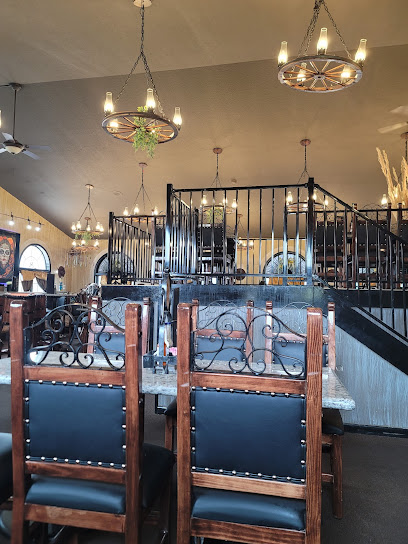
Springs Lodge & Cafe (Cafe)
Experience the charm of Springs Lodge & Cafe, where delicious breakfasts and freshly brewed coffee await in Hot Springs, South Dakota.
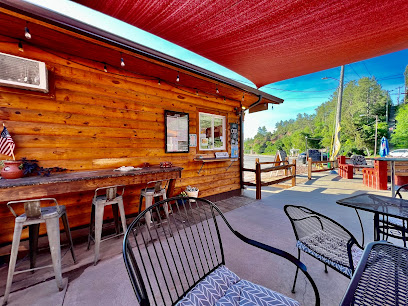
Local Phrases about Wind Cave National Park
-
- HelloHau
[h-ow] - GoodbyeWopila
[wo-pee-lah] - YesHehan
[heh-han] - NoHena
[heh-nah] - Please/You're welcomeWopila tanka
[wo-pee-lah tahn-kah] - Thank youPilamaya
[pee-lah-mah-yah] - Excuse me/SorryHehan hena
[heh-han heh-nah] - How are you?Hehan wo
[heh-han woh] - Fine. And you?Wo lecetu. Niya waste
[woh leh-cheh-too. nee-yah wah-shday] - Do you speak English?English hehan wo
[English heh-han woh] - I don't understandHehan wica
[heh-han wee-chah]
- HelloHau
-
- I'd like to see the menu, pleaseMenu ki eya hehan wo
[meh-noo kee ay-yah heh-han woh] - I don't eat meatWamni wicayazapi
[wah-mnee weech-ah-yah-zah-pee] - Cheers!Hecel ye
[hay-chel yeh] - I would like to pay, pleaseKiksuya ki eya hehan wo
[kee-kshoo-yah kee ay-yah heh-han woh]
- I'd like to see the menu, pleaseMenu ki eya hehan wo
-
- Help!Aya
[ah-yah] - Go away!Heca
[hay-chah] - Call the Police!Wicasa tawapi kiya
[wee-chah-shah tah-wah-pee kee-yah] - Call a doctor!Wicasa wakan kiya
[wee-chah-shah wah-kahn kee-yah] - I'm lostWoyuskin
[woh-yoos-keen] - I'm illWanagi
[wah-nah-gee]
- Help!Aya
-
- I'd like to buy...Iyaye ki
[ee-yah-yay kee] - I'm just lookingWaziyata waun
[wah-zee-yah-tah wahn] - How much is it?Hehan tokata
[heh-han doh-kah-tah] - That's too expensiveHena maku
[heh-nah mah-koo] - Can you lower the price?Tokata kiksuya kiya
[doh-kah-tah kee-kshoo-yah kee-yah]
- I'd like to buy...Iyaye ki
-
- What time is it?Hehan waste
[heh-han wah-shday] - It's one o'clockWicata kiksuya
[wee-chah-tah kee-kshoo-yah] - Half past (10)Nakun
[nah-koon] - MorningWiyute waste
[wee-yuh-tay wah-shday] - AfternoonAke waste
[ah-kay wah-shday] - EveningIcimani waste
[ee-chee-mah-nee wah-shday] - YesterdayHepila
[hay-pee-lah] - TodayWaste
[wah-shday] - TomorrowWawokiye
[wah-woh-kee-ye] - 1Inyan
[ee-yahn] - 2Numpa
[noom-pah] - 3Yamni
[yah-mnee] - 4Topa
[toh-pah] - 5Zaptan
[zahp-tahn] - 6Sakpe
[sahk-pay] - 7Sapa
[sah-pah] - 8Osniki
[ohs-nee-kee] - 9Ake
[ah-kay] - 10Wigli
[wee-glee]
- What time is it?Hehan waste
-
- Where's a/the...?Hehan ki...
[heh-han kee...] - What's the address?Hehan yuha kte
[heh-han yoo-hah kteh] - Can you show me (on the map)?Wamakaska kiya
[wah-mah-kah-skah kee-yah] - When's the next (bus)?Hecel ki...
[hay-chel kee...] - A ticket (to ....)Iyaye tawapi (ki ...)
[ee-yah-yay tah-wah-pee (kee)]
- Where's a/the...?Hehan ki...
History of Wind Cave National Park
-
The Lakota Sioux people, native to the region, have long held Wind Cave as a sacred site. According to Lakota mythology, Wind Cave is considered the place where their ancestors emerged from the earth. This creation myth speaks of the cave as the 'breathing earth,' a conduit between the physical world and the spiritual underworld.
-
Wind Cave was discovered by settlers in 1881 when two brothers, Tom and Jesse Bingham, heard a peculiar whistling noise. They traced the sound to a small hole in the ground, which turned out to be the natural entrance to the vast cave system. This discovery marked the beginning of modern exploration and the subsequent mapping of the cave's intricate passages.
-
In the late 19th and early 20th centuries, explorers, including Alvin McDonald, began the arduous task of mapping Wind Cave. Alvin McDonald, in particular, dedicated much of his life to exploring and documenting the cave's passages, making significant contributions to our understanding of the cave's complex layout. His journals provide detailed accounts of his explorations and remain valuable historical documents.
-
Wind Cave was designated a national park on January 9, 1903, by President Theodore Roosevelt. It became the seventh national park in the United States and the first one created to protect a cave. The park's establishment aimed to preserve the unique geology and natural beauty of the cave system, as well as its surface environment, which includes mixed-grass prairie and diverse wildlife.
-
Throughout the 20th century, Wind Cave National Park became a pioneer in cave conservation efforts. Measures were implemented to protect the delicate cave formations, such as boxwork and frostwork, from damage caused by human activity. Educational programs and guided tours were introduced to raise awareness about the importance of preserving this natural wonder.
-
Today, Wind Cave National Park is recognized not only for its extensive cave system but also for its role in conservation and education. The park continues to attract visitors from around the world who come to explore its underground wonders and enjoy its above-ground natural beauty. Ongoing research and conservation efforts ensure that Wind Cave remains a treasured natural and cultural resource for future generations.
Wind Cave National Park Essentials
-
Wind Cave National Park is located in the southwestern part of South Dakota, near the town of Hot Springs. The nearest major airport is Rapid City Regional Airport, which is approximately 60 miles north of the park. From the airport, you can rent a car or take a shuttle service to reach the park. Another option is to drive from nearby cities; for example, Wind Cave is about 6 hours from Denver, Colorado, and 3 hours from Cheyenne, Wyoming. Public transportation options are limited, so renting a car is highly recommended.
-
Within Wind Cave National Park, the primary mode of transportation is by car. There are a few paved roads and numerous unpaved roads suitable for exploring the park's backcountry. Bicycles are allowed on park roads but not on trails. There are no public transportation services within the park, so having your own vehicle is essential. Parking is available at the Visitor Center and at various trailheads. If you plan to explore nearby attractions like Custer State Park or Mount Rushmore, a car will be indispensable.
-
The official currency is the US Dollar (USD). Most establishments, including the Visitor Center, accept credit and debit cards. However, it's advisable to carry some cash, especially if you plan to visit smaller towns or rural areas where card payment options might be limited. ATMs are available in nearby towns such as Hot Springs and Custer.
-
Wind Cave National Park is generally a safe destination for tourists. However, it's important to take standard precautions. Always lock your vehicle and keep valuables out of sight. Wildlife encounters are common, so maintain a safe distance from animals, particularly bison, which can be unpredictable. There are no high-crime areas targeting tourists within the park, but it's always wise to stay alert and aware of your surroundings.
-
In case of an emergency, dial 911 for immediate assistance. The Visitor Center has basic first aid supplies, and park rangers are trained to handle emergency situations. The nearest hospital is in Hot Springs, about 10 miles from the park. It's advisable to have travel insurance that covers medical emergencies. For minor health issues, there are pharmacies in Hot Springs where you can purchase over-the-counter medications.
-
Fashion: Do wear comfortable, weather-appropriate clothing and sturdy hiking boots. Avoid wearing flip-flops or sandals on trails. Religion: There are no specific religious customs to observe, but always be respectful of the natural environment and fellow visitors. Public Transport: Public transport is not available within the park, so plan to use a car. Greetings: A simple 'hello' or 'hi' is common, and people are generally friendly. Eating & Drinking: Do bring your own snacks and water, as there are limited food options within the park. Don't leave litter behind; always use designated trash bins.
-
To experience Wind Cave National Park like a local, consider visiting during the shoulder seasons (spring and fall) when the park is less crowded. Join a guided cave tour to learn about the cave's unique boxwork formations and geology. Take a hike on lesser-known trails like the Centennial Trail to enjoy solitude and scenic vistas. Don't miss the chance to stargaze; the park has some of the darkest skies in the region, making it ideal for observing constellations and the Milky Way.
Nearby Cities to Wind Cave National Park
-
Things To Do in Mount Rushmore
-
Things To Do in Rapid City
-
Things To Do in Deadwood
-
Things To Do in Gillette
-
Things To Do in Pierre
-
Things To Do in Cheyenne
-
Things To Do in Laramie
-
Things To Do in Sheridan
-
Things To Do in Sterling
-
Things To Do in North Platte
-
Things To Do in Fort Collins
-
Things To Do in Dickinson
-
Things To Do in Estes Park
-
Things To Do in Riverton
-
Things To Do in Mandan











